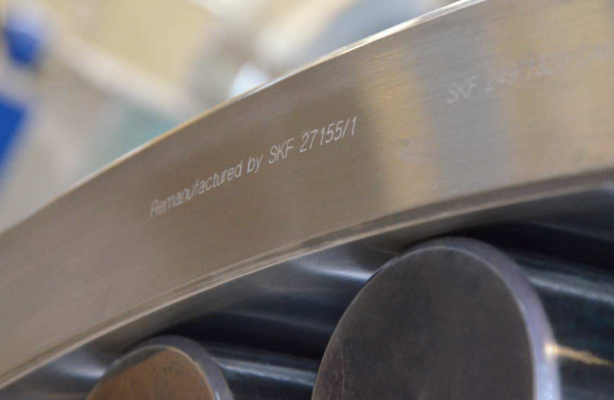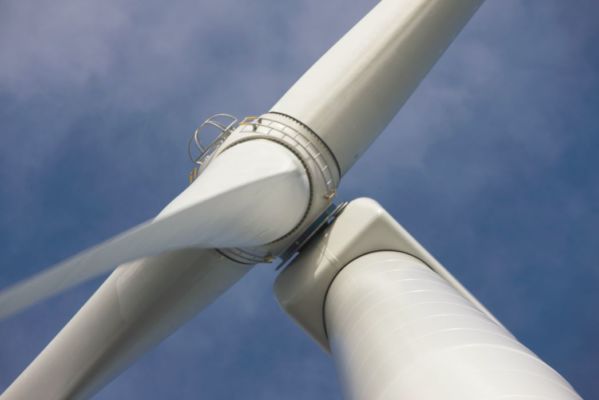The profitability of a turbine depends greatly on component reliability during its lifetime. Basically, high failure rates in major components will actually cause turbines to drain costs rather than boost profitability. Replacing or repairing parts covers a vast range of activities, including resource planning, maintenance, spare parts, and analysis. Many operators turn to third parties for aspects of operation and maintenance where they need support. They do, however, have to identify and decide which services they need – which isn’t always clear. With auctions for the supply of energy putting extra pressure on reducing costs, operators cannot afford low productivity from their turbines or to unnecessarily spend money.
A competitive market demands precise support services
Operators and service companies are waking up to the importance of cost competitiveness, and new business models are emerging in the wind energy sector that look to address this issue. Some service providers are moving away from the traditional model of providing parts and services on an individual basis and are now offering contracts based on performance targets.
What is a performance-based contract?
Rather than drawing up an agreement based on a preset amount of equipment, time, and services, contracts based on performance criteria set targets for uptime and reliability. This basically means that a service company will provide everything that is required to achieve the desired performance target. This ranges from installing condition monitoring systems to repairs and potentially even remanufacturing services. The agreement is not limited, and companies are covered in all eventualities. Simply put, the service company shares the responsibility for maintaining and optimizing wind turbines.
Planning for the long term with a sustainable payment plan
The scope of services and hardware involved in these contracts is comprehensive. So, how is payment structured? Contracts are paid via a monthly fee and not on an item-by-item basis. Companies would usually be encouraged to sign up for longer periods rather than just a year, for example. Performance-based contracts aim to build partnerships between organizations, and not just act as a quick fix for existing problems. The payment plan is the same every month, meaning operators can plan their resources more effectively and not have to worry about dealing with unexpected repairs or cost fluctuations.
Performance-based contracts that fall under the SKF Rotation For Life concept signify a new approach from SKF and mark a huge step forward. Turbine reliability should always be at the forefront of O&M planning, and this new business model makes sure it is.
The winds of change begin to blow
Performance-based contracts are still at an early stage, but operators and service companies alike are beginning to see the benefits. By sharing the responsibility for wind turbine performance, wind energy organizations will likely reduce O&M costs as well as boosting performance. Service providers also have the opportunity to apply their industry knowledge and best practices. This new model benefits all parties and may contribute to the wind energy sector’s push to become the foremost source of renewable energy.



